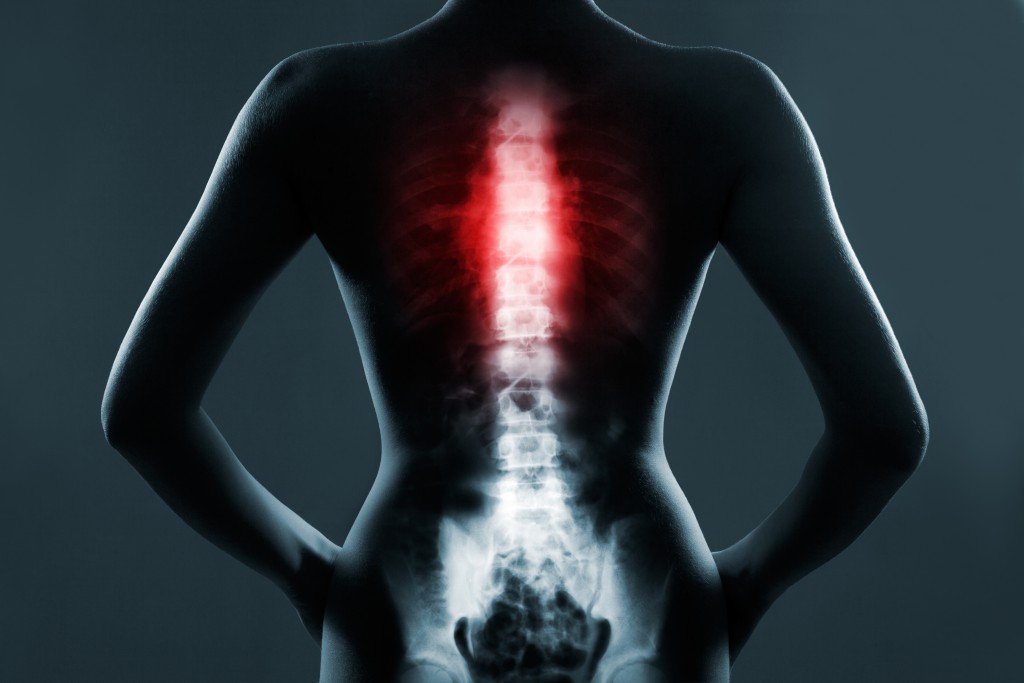Determining the prognosis for a spinal cord injured patient on admission remains challenging. To guide the patient and his family on the expected outcome for a specific injury, the clinician uses the patients:
-
- Neurological exam
- Age
- Magnetic resonance imaging (MRI) appearance of the spinal cord
- Other clinical data
Some recovery is the rule for most patients who enter the hospital with an incomplete spinal cord injury; however, when patients present with complete injuries, the chance of regaining ambulatory function remains slim. A complete injury means that the spinal cord has absolutely no motor or sensory function below the affected area. An incomplete injury means that the spinal cord transmits some information to move the limbs or provides some sensory information from the skin.

Treatment for Spinal Cord Injuries
Treatment for patients with spinal cord injury often involves stabilizing the injured spine. This may be accomplished by an external orthosis – such as the collar, halo-vest or a body brace – but often may require surgical intervention. Surgery is performed by a neurosurgeon or orthopedic surgeon who has a special interest in spinal surgery. This procedure often involves the placement of titanium plates or rods and screws. After placement, bone graft material to fuse the injured spine. In addition, as part of the surgical treatment, the spine may be re-aligned or bone may be removed from the spinal canal to decompress the spinal cord.
Post-Operative Care
The acute stay in the hospital after the injury focuses on preventing and treating secondary issues which may surface as a result of the spinal cord injury. This includes low blood pressure, respiratory failure, pressure sores of the skin, blood clots in the legs, etc. Intensive therapy starts as soon as the patient is medically stable and is ready to be mobilized. Physical and occupational therapy is best accomplished in a specialized rehabilitation center. Objectives of these centers include muscle strengthening and teaching patients how to maximize their functional capacity. They also work on determining strategies for bladder and bowel care as well as sexual function. Treatment of spasticity and pain which frequently accompanies such injuries is also a priority. In addition, counseling and support groups are extremely helpful in having the patient and the family cope with the stresses of the new situation.
